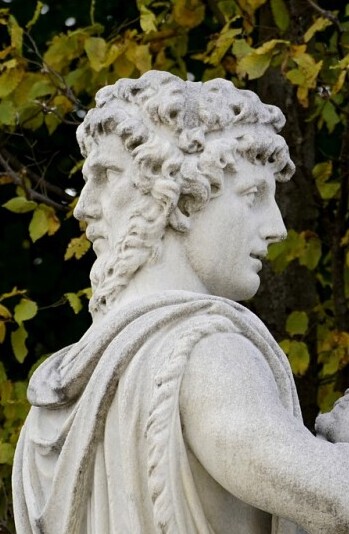The celebration of New Year’s Day on January 1st has a long and complex history, shaped by political, cultural, and religious shifts over millennia.
Here’s an overview:
1. Origins in Ancient Rome
- Julian Calendar (45 BCE):
-
- The tradition of celebrating the new year on January 1 began with Julius Caesar in 45 BCE.
- Before Caesar’s reforms, the Roman calendar was based on a lunar system, and the new year was celebrated in March.
- Caesar introduced the Julian calendar, aligning it with the solar year. He chose January 1 as the start of the year to honor Janus, the Roman god of beginnings, transitions, and doorways. Janus, depicted with two faces, symbolized looking to the past and the future.
- Roman Celebrations:
-
- Romans marked the day with sacrifices to Janus, decorating their homes, exchanging gifts, and feasting.
2. Early Medieval Changes
- Christian Influence (Middle Ages):
-
- With the rise of Christianity, many European regions shifted their focus away from Roman traditions.
- The Church rejected the pagan roots of January 1 and associated the new year with other significant Christian dates, such as March 25 (Annunciation Day) or December 25 (Christmas).
- Varied Calendars:
-
- Throughout the medieval period, different regions celebrated the new year at different times, leading to inconsistent practices across Europe.
3. The Gregorian Calendar (1582)
- Restoring January 1:
-
- In 1582, Pope Gregory XIII introduced the Gregorian calendar to correct inaccuracies in the Julian calendar.
- The reform restored January 1 as New Year’s Day across Catholic countries.
- Global Adoption:
-
- Over the centuries, Protestant and Orthodox nations gradually adopted the Gregorian calendar for civil purposes, cementing January 1 as the global standard for the new year.
4. Modern New Year’s Day
- Secular Celebrations:
-
- By the 18th and 19th centuries, New Year’s Day became more secular, characterized by traditions like fireworks, resolutions, and parties.
- The day symbolizes fresh beginnings (although in the middle of winter) and is celebrated worldwide with cultural variations, such as feasts, parades, and symbolic acts.
- Global Standardization:
-
- The globalization of the Gregorian calendar ensured January 1st’s recognition as New Year’s Day across most of the world.
Why January 1?
- The choice of January 1 is symbolic of a fresh start, inspired by Janus, the Roman god of beginnings. Its adoption reflects a blend of Roman traditions, Christian reforms, and global standardization.
So for most of the modern world, the European world, and the West, Happy New Year. As you know, different countries and nations may acknowledge January 1st New Years, but they may still have their own. The Chinese New Year is Wednesday January 29th, this year (2025). Just remember, before Caesar’s reforms, the Roman calendar was based on a lunar system, and the new year was celebrated in March.
In Exodus Chapter 12, the Almighty said, “This month shall be unto you the beginning of months: it shall be the first month of the year to you. (12:2)”
Power be with you!
BibleStudyMinistry.com

